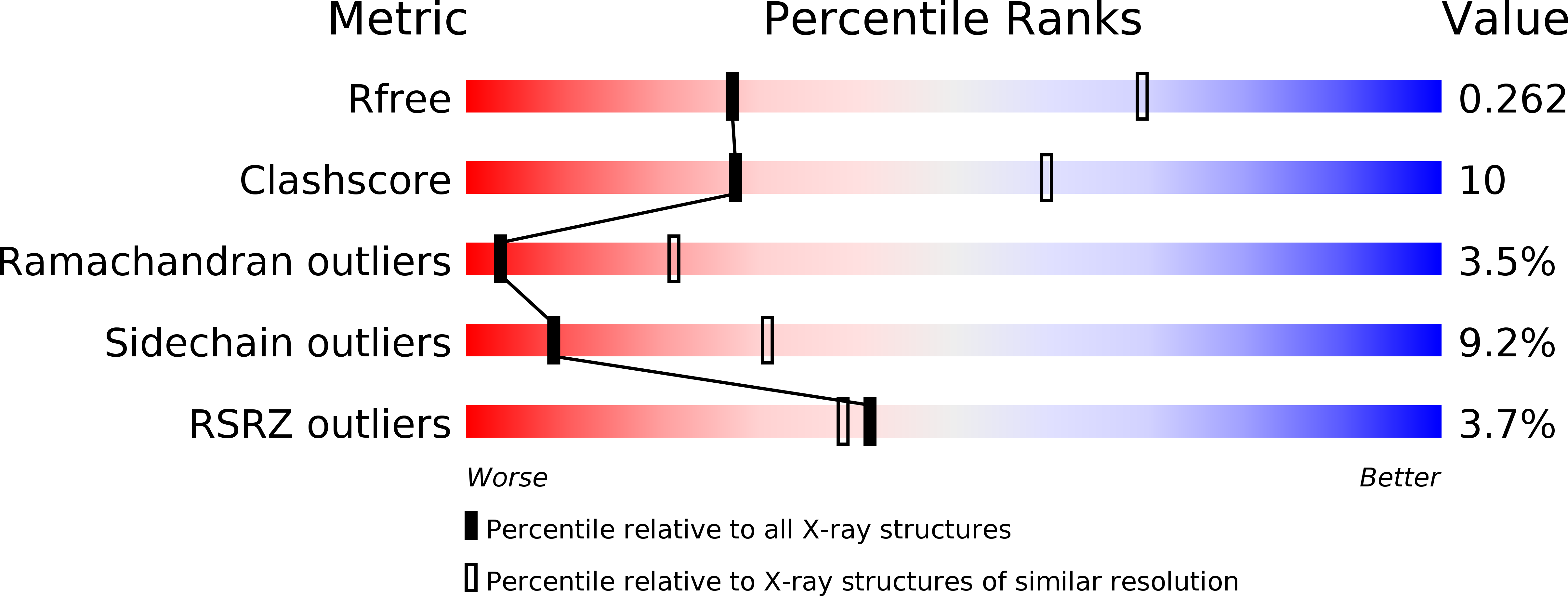
Deposition Date
2013-08-01
Release Date
2013-09-25
Last Version Date
2023-12-20
Entry Detail
Biological Source:
Source Organism:
HOMO SAPIENS (Taxon ID: 9606)
BOS TAURUS (Taxon ID: 9913)
BOS TAURUS (Taxon ID: 9913)
Host Organism:
Method Details:
Experimental Method:
Resolution:
3.30 Å
R-Value Free:
0.24
R-Value Work:
0.19
R-Value Observed:
0.20
Space Group:
P 1 2 1


